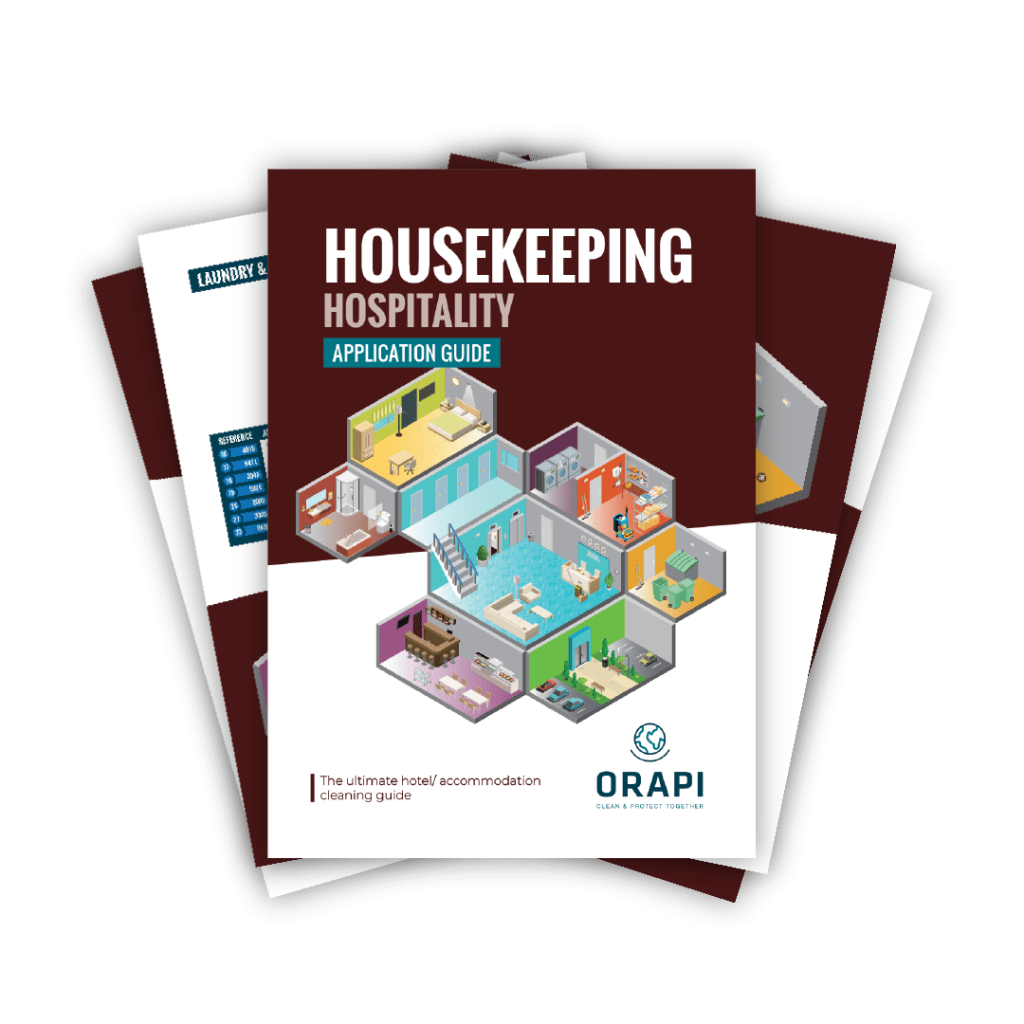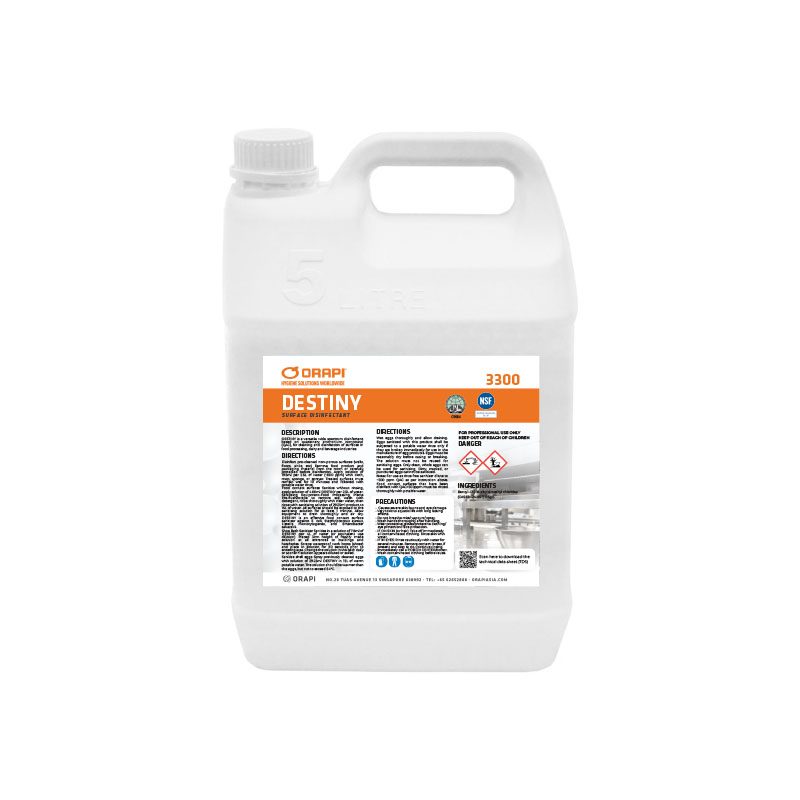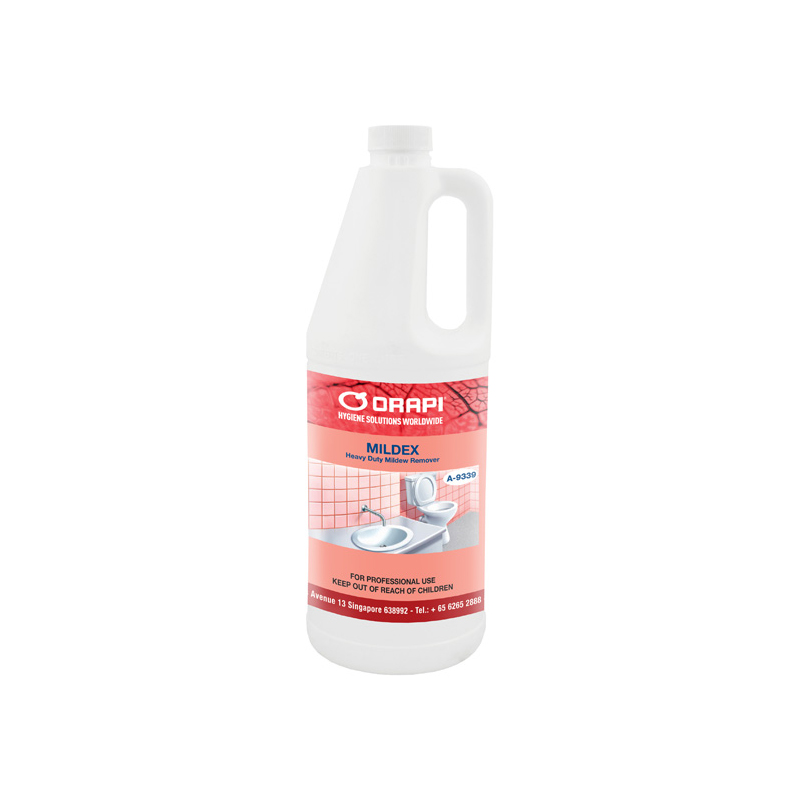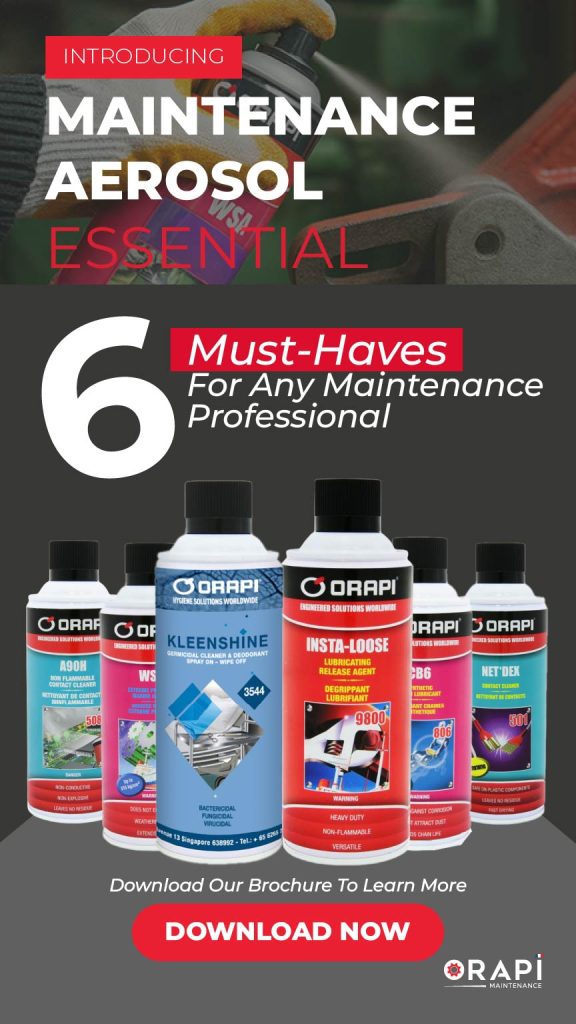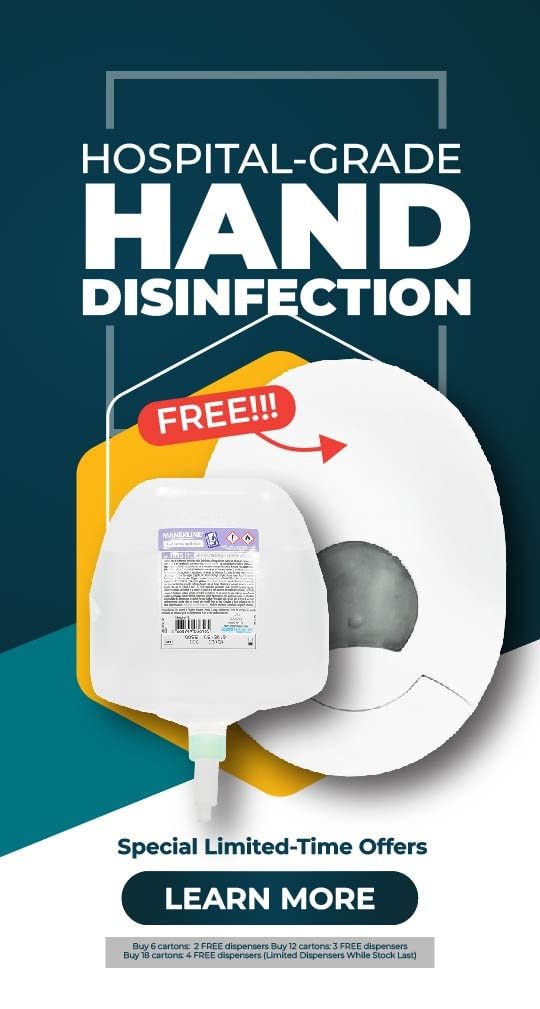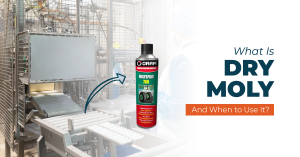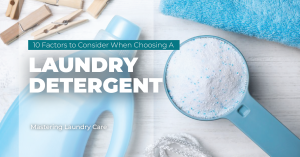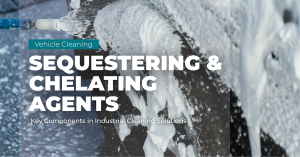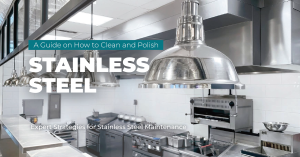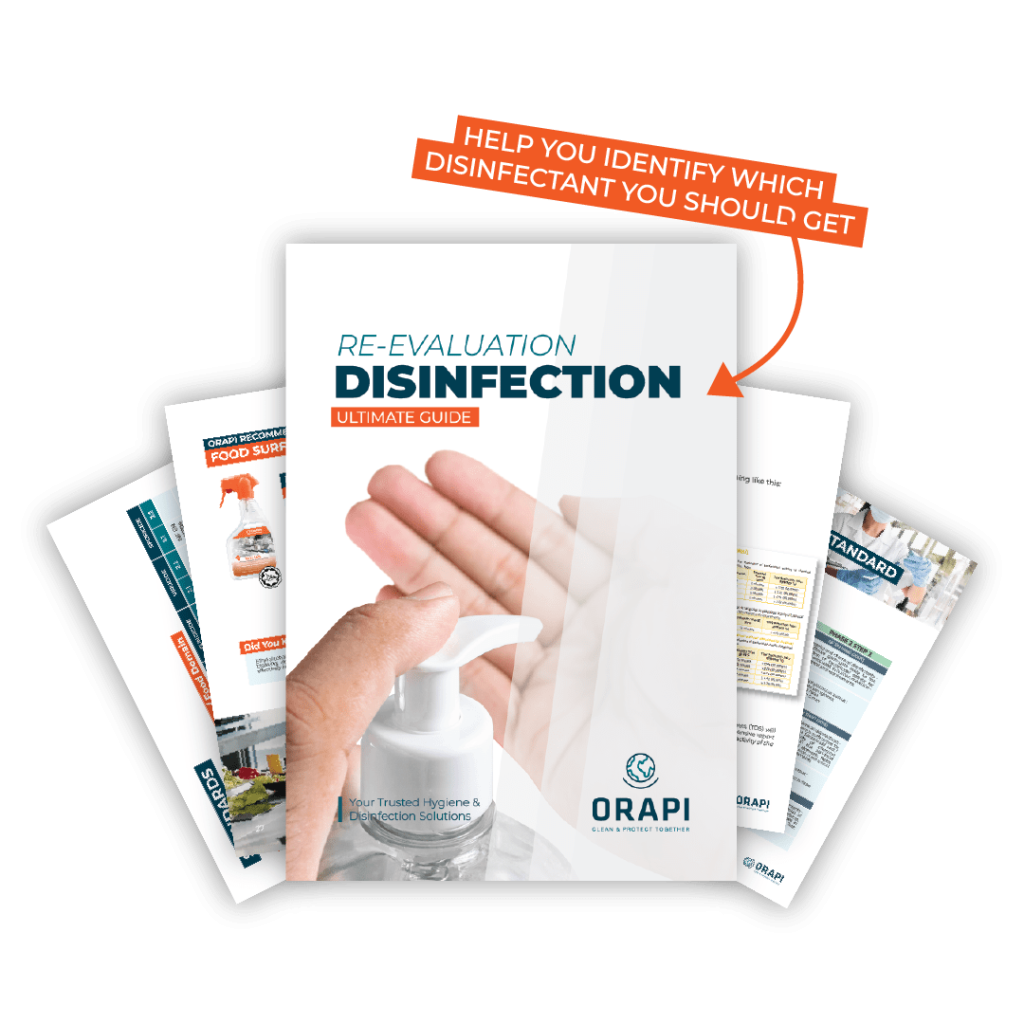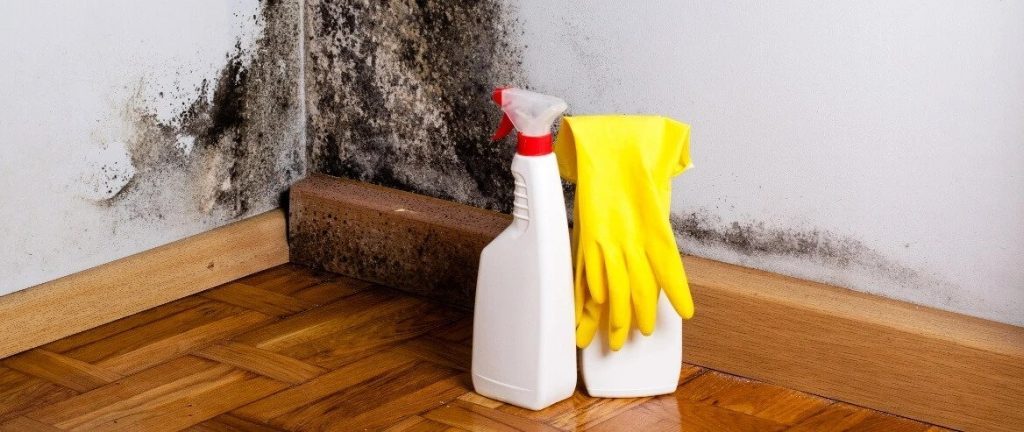
The first thing that comes to mind when you see mould or mildew in toilets, bathrooms, or other areas with high humidity is how to get rid of them. These fungi can cause serious health problems for guests and employees, damage surfaces, and create unpleasant odours. Unfortunately, when it comes to removing mould and mildew, many people turn to bleach as their go-to solution. However, is bleach truly an effective solution for mould removal, or should it be avoided altogether when cleaning mould?
In this article, we’ll explore the dangers of using bleach to remove mould and mildew in commercial settings and highlight the benefits of using a dedicated mould and mildew remover instead. By the end of this article, you’ll have a better understanding of why you should choose a specialised product over bleach to keep your commercial and industrial spaces mould and mildew-free.
Mould Removal: Does Bleach Kill Mould?
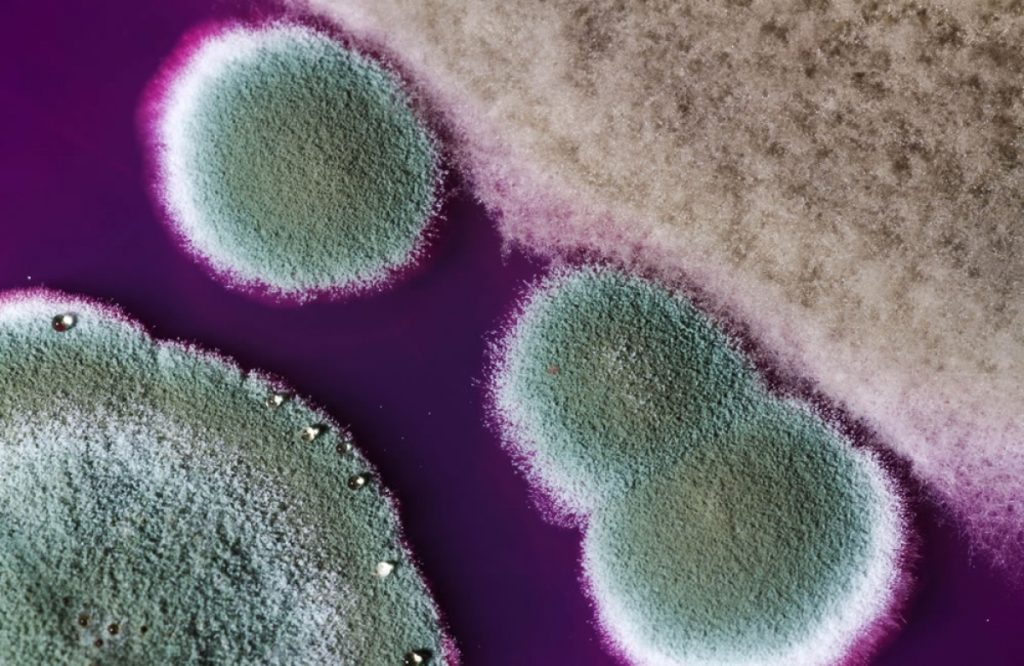
This section will delve into the reasons why bleach may not be the best solution for killing mould. Specifically, we will examine three critical factors that can limit the effectiveness of bleach in eliminating mould. By understanding these limitations, you’ll be better equipped to make an informed decision about how to tackle your mould problem.
Bleach Only Masks the Appearance of Mould
Bleach merely bleaches the colour of the mould, giving the false impression of a mould-free surface. However, it is essential to understand that mould and mildew contain melanin, and while bleach removes the colour—or the melanin—from it, the fungi remain. In other words, bleach only masks the appearance of mould and mildew.
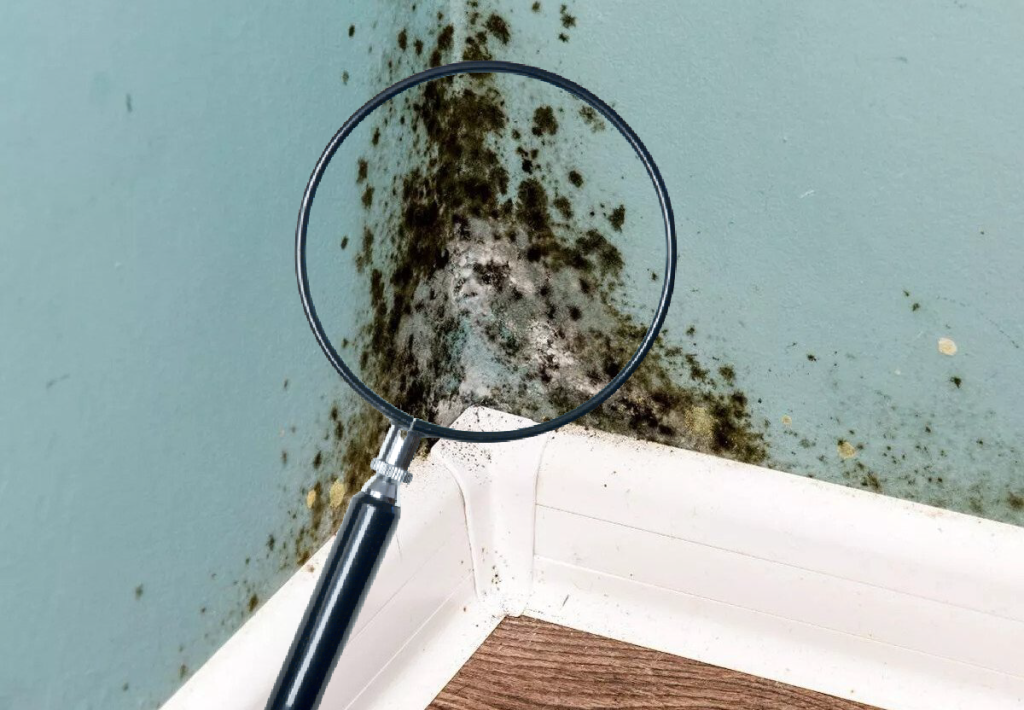
Bleach Does Not Uproot Mould
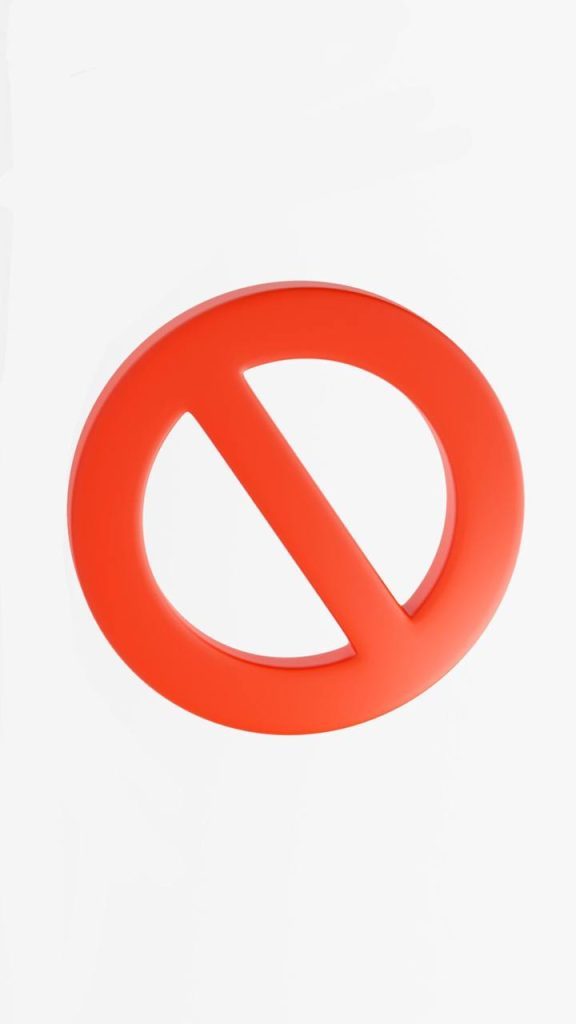
The primary function of bleach is to disinfect (chlorine bleach) and to bleach (change colour). When mould grows on a porous material like wood or drywall, it spreads its roots (Mycelia) deep into the material to access more nutrients. Unfortunately, bleach does not reach deep down into the material to remove or “pull out” the roots; the properties of bleach prevents it from soaking into these materials. As a result, the surface mould looks gone (bleached white), but the internal mould always remains to grow back. So, the roots of the moulds, which have reached deep into the insides, continue to grow. Also, bleach does not stop harmful mould spores from spreading within the house.
Bleach Contains 90% Of Water
Another issue is that bleach contains 90% water, and mould and mildew thrive in water. When bleach is applied, the chlorine quickly evaporates after use, leaving a lot of water behind. This water often soaks into the porous surface, allowing the mould to flourish and re-grow in this moist environment. In six weeks, the mould regains its colour and seems to grow to become even worse than before you applied bleach. So in effect, using bleach actually feeds the internal mould spores! So although the surface may look bleached and clean, the truth is that the mould removal wasn’t conducted effectively in the first place.
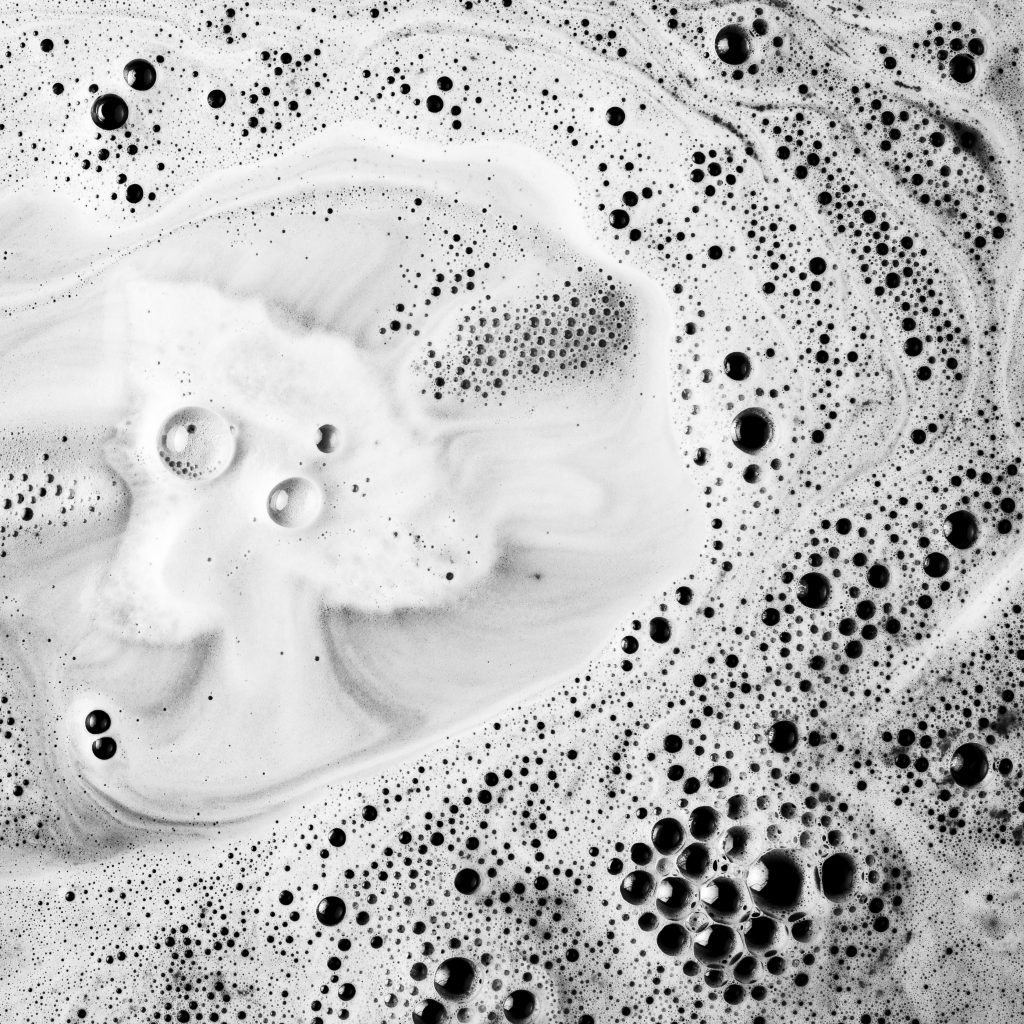
Mould Removal: Should You Use Bleach?

Although we have established that bleach is ineffective in mould removal, are there other reasons why it may not be the best choice for mould remediation? In the upcoming discussion, we will examine whether the potential risks of using bleach outweigh its benefits. Specifically, we will delve into the health concerns associated with using bleach to kill mould and also consider the potential damage that bleach can cause to tiles and grout when used to remove mould.
Health Concerns Associated With Using Bleach to Kill Mould
If you attempt mould removal with bleach, it can lead to prolonged exposure to certain toxic gases, which may irritate the eyes, mouth, lungs, and skin. This is particularly concerning if your establishment serves individuals with respiratory conditions such as asthma.
Many of the health risks associated with bleach are primarily reactive. For instance, when mixed with ammonia, bleach can produce toxic gases that may cause severe respiratory issues. Additionally, bleach can react with drain cleaners and other acids to release chlorine gas, irritating the mucous membrane and leading to coughing, breathing difficulties, watery eyes, and a runny nose.
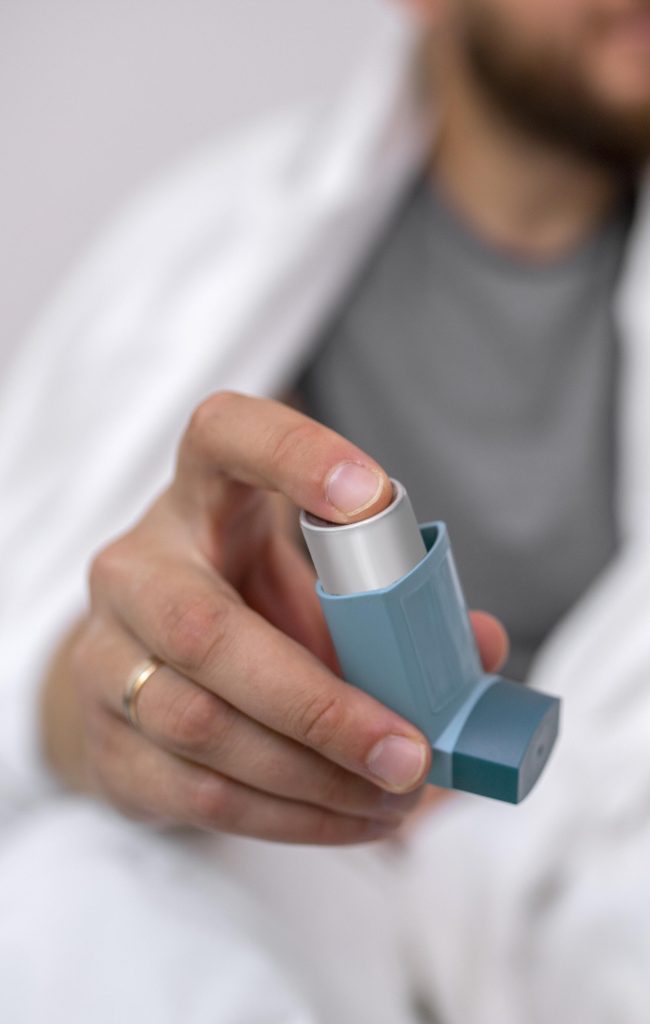
When inhaled in large amounts, chlorine gas can cause even more severe health issues, including:
- Chest pain
- Severe breathing problems
- Fluid in lungs
- Pneumonia
- Vomiting
Damage Bleach Causes to Material
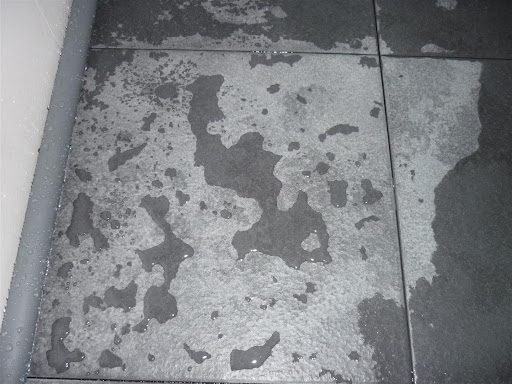
Similar to how mould can deteriorate surfaces by consuming them, bleach also has the potential to harm your structure. For example, its corrosive properties can result in the erosion of wood fibres, leading to the disintegration of the wood. Moreover, when you use bleach on metal surfaces, it can corrode the metal and inflict damage on your structure.
Mould removal with bleach can also damage tiles in a few ways:
- Bleach can cause discolouration or fading of coloured tiles or grout, especially if the bleach is left on for an extended period of time. This can make the tiles look blotchy or uneven.
- Bleach is highly alkaline, and if it is used too often or in high concentrations, it can break down the grout that holds tiles together. This can cause tiles to loosen or even come out of place.
- Bleach can also damage the protective sealant on tiles, making them more susceptible to future damage and staining.
Mould Removal: Best Way to Get Rid of Mould
To prevent mould growth in your kitchen or bathroom, it is crucial to remember two key factors of mould growth:
- Mould grows in wet or humid environments.
- Mould grows at the ideal temperature of 25°C to 30°C. However, different types of moulds can thrive in a wide range of temperatures, from freezing to 40°C.
Therefore, keeping the area as dry as possible is the best solution. After cooking or cleaning, thoroughly dry the entire place to avoid any water residue, which can promote mould and mildew growth on the ceiling and walls.
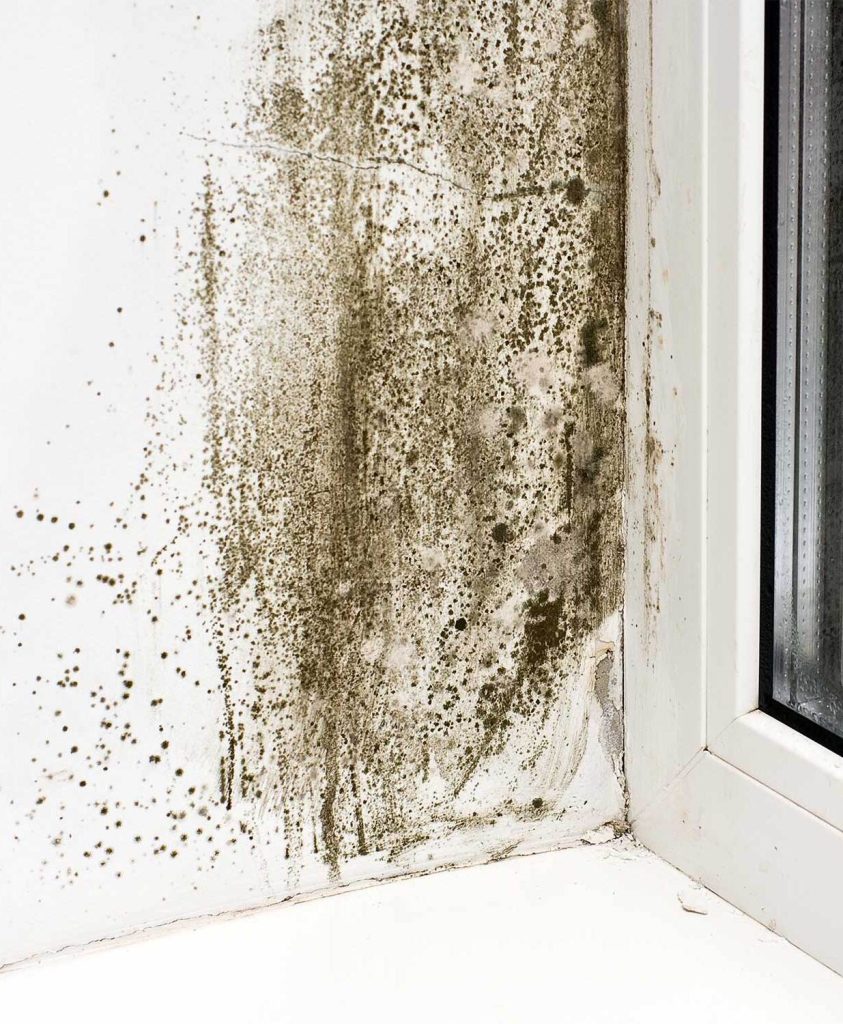
If mould growth is left unchecked and spreads to the air conditioning system, it becomes a challenging problem to resolve, as then you run the risk of spreading mould to every part of your establishment. To prevent this, follow these steps:
- Avoid using excess water in the kitchen.
- Always mop the area dry after use.
- In addition to having tile on the floor, it is important to have tile on the side of the kitchen and clean it daily with a pressure jet or simple scrub.
- If you’re struggling with mould removal on your tiles, consider using DESTINY RTU to tackle the problem, and then use MILDEX to remove any mould and mildew stains.
ORAPI RECOMMENDS:
ORAPI RECOMMENDS:
MILDEX is a heavy-duty chlorinated penetrating formula that destroys mildew stains and soap scum stains that build up on grout or tile surfaces wherever dampness encourages these stains to form.
MILDEX contains a fresh fragrance that effectively masks chlorine odour after it is rinsed off.
If mould growth is left unchecked and spreads to the air conditioning system, it becomes a challenging problem to resolve, as then you run the risk of spreading mould to every part of your establishment. To prevent this, follow these steps:
- Avoid using excess water in the kitchen.
- Always mop the area dry after use.
- In addition to having tile on the floor, it is important to have tile on the side of the kitchen and clean it daily with a pressure jet or simple scrub.
- If you’re struggling with mould removal on your tiles, consider using DESTINY RTU to tackle the problem, and then use MILDEX to remove any mould and mildew stains.
The Difference Between Mould and Mildew
Learn more about what is the difference between mould and mildew, you can check the SlideShare below:
